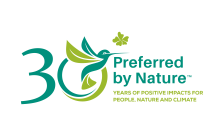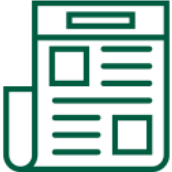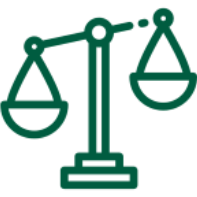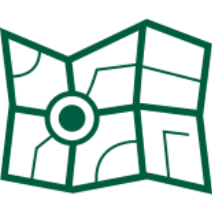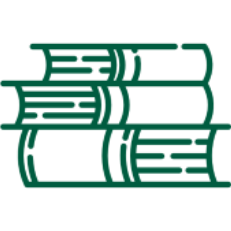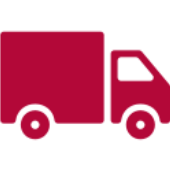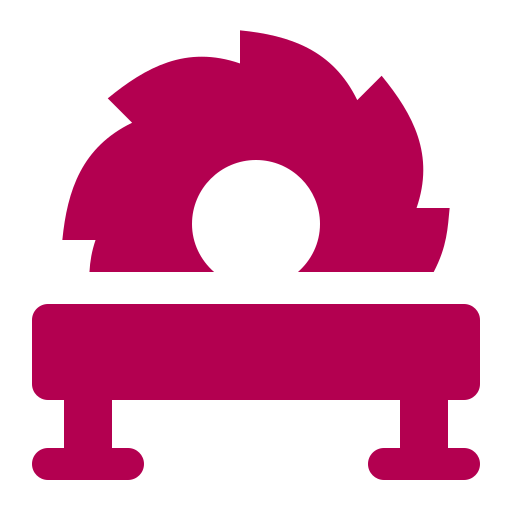Veuillez trouver les versions françaises ci-dessous:
- RDC Analyse Risque Légalité (Risk Assessment)
- RDC Guide Actions Atténuation (Risk Mitigation Guide)
- RDC Guide documentaire (Document Guide)
- RDC Liste législation en vigueur (List of Applicable Legislation)
Timber Legality Risk Assessment for the Democratic Republic of Congo provides an overview of the legality risks related to timber produced and processed in the Democratic Republic of the Congo (DRC).
For DRC's forest sector we found:
- Specified risk for 18 sub-categories.
- No legal requirements for 3 sub-categories.
For wood processing sector, we found:
- Specified risk for 3 sub-categories.
- Low risk for 1 sub-categories.
- No legal requirements for 1 sub-categories.
According to the FAO (2020), the DRC has around 126 million hectares of forest coverage, which makes up around 54% of the country’s surface area. Almost all these forests are primary or naturally regenerated forests. Planted forests only account for 58,000 hectares. The forest is divided into three categories:
- State production forests
- Protected forests
- Permanent production forests.
All forest and land is owned by the state. As the sole owner of the forests, the state can grant access rights to the forest area or its resources in various ways. DRC’s forest land has remained relatively unharmed, due to years of political instability following the collapse of Mobutu's regime (FERN, 2006). Its deforestation rate is around 0.8% per year over the last 10 years. This represents a figure of roughly 1 million hectares deforested per year (FAO, 2020). Aside from logging operations, the main causes of loss of forest cover are slash-and-burn agriculture, bush fires, the production of charcoal for local and regional markets, and livestock rearing.
According to Chatham house (2014), nearly 90% of logging in DRC is small-scale, illegal, or informal, intended to supply the domestic market and regional markets. According to the Forest Legality Initiative (2013), the informal market is estimated to be three to six times the volume of the formal sector, which was 300 000m3 per year between 2007 and 2009.
Illegal logging is a significant problem, but the government’s response to illegal logging and related trade has been poor (Chatham house, 2013).
Several legality risks are present in DRC timber supply chains. The risks are wide-ranging and appear across all categories of law. If you are sourcing timber from DRC, you should take care to ensure the extensive risks identified are not present in your supply chains, orchains or have been sufficiently mitigated.
Score: 19 / 100 in 2021
Rank: 169 out of 180 countries in 2021
A moratorium on the allocation of new forest concessions and a ban on the exchange, relocation or rehabilitation of old titles has been in place since 2002.
There is an unchanging conflict going on in the Democratic Republic of the Congo according to the Council on Foreign Relations' Global Conflict Tracker.
According to the Uppsala Conflict Data Program there were 13,323 deaths from 2010-2019.
VPA status: Negotiating
CITES appendix II: Dalbergia spp., Pericopsis elata, Prunus africana, Guibourtia demeusei
Information Gathering
Timber sources
- Find out the different sources of legal timber
- Determine which source type your timber comes from
| Timber source type | Description of source type |
|---|---|
|
Industrial forest concessions |
Forest land privately owned by the state, allocated on a long-term basis to logging operators through concession contracts. This is the main source of wood in the DRC. |
|
Artisanal forest units |
Introduced in 2016 following the disclosure of illegal semi-industrial logging. Artisanal forest units can be harvested by natural or legal persons and cannot exceed 500 hectares. |
| Local community forest concessions |
Local communities can apply to the state for concessions within their own forests. They cannot exceed 50,000 ha. |
| Private planted or natural forests |
Wood located within land concessions of private parties. |
Risk Assessment
Risk assessment summary
|
Legal rights to harvest
|
o Logging operations are carried out without a harvest permit, before a permit is issued or after a permit has been revoked
o are not registered with local authorities; |
Taxes and fees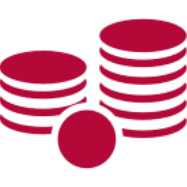 |
|
| Timber harvesting activities
|
|
|
Third parties' rights |
|
|
Trade and transport
|
|
|
Processing
|
|
Specified risk species
| Common/trade name | Scientific name | Risk information |
|---|---|---|
|
Afromosia |
Pericopsis elata |
CITES listed |
|
Stinkwood tree |
Prunus africana |
CITES listed |
|
Rosewood |
Dalbergia spp. |
CITES listed |
|
Bubinga, African Rosewood |
Guibourtia demeusei |
CITES listed |
|
Wenge |
Millettia laurentii |
On the IUCN Red List endangered species |
|
African ebony |
Diospyros crassiflora |
On the IUCN Red List endangered species |
Risk Mitigation
Mitigate the risks in your supply chain
Mitigation recommendations for non-certified materials
Learn which actions we recommended to mitigate the risks associated with the timber sourced from the Democratic Republic of the Congo.
We have two tools to help you mitigate risks for DRC timber supply chains:
- the Risk Mitigation Guide gives you a detailed overview of risks in DRC, and how to mitigate them. You can find the Risk Mitigation Guide in french here.
- the Document Guide provides you with a list of all required documents and examples of key documents and how to use them in mitigating risks.
The tools above give you the most information. Below is a summary of our five recommended actions to mitigate the risks associated with timber sources from DRC that are not third-party certified.
Mitigation recommendations
There are five recommended actions to mitigate the risks associated with timber sourced from DRC:
1. Fully map your supply chain
- Our supply chain mapping tool can help you do this.
2. Obtain and verify documents
3. Consult with stakeholders
4. Carry out on-site verification
5. Conduct targeted timber testing
- Conduct timber testing on samples of purchased material to verify the species of origin of timber, where appropriate
